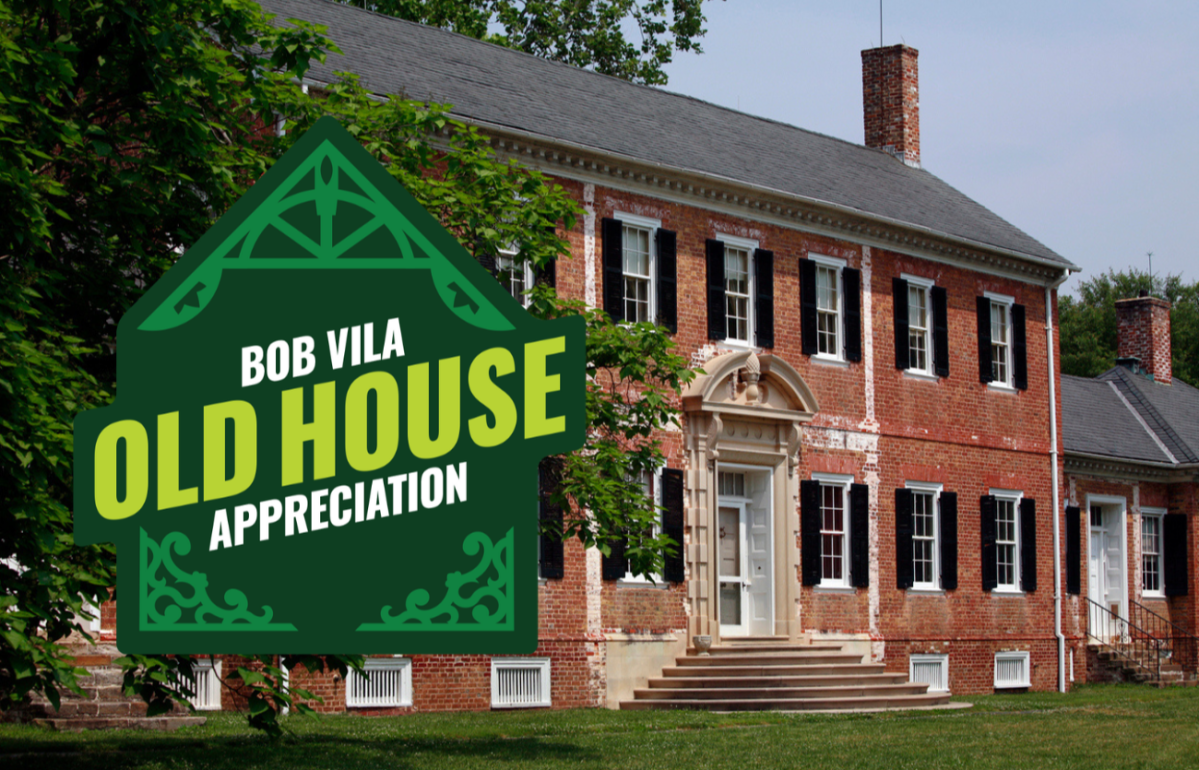We may earn revenue from the products available on this page and participate in affiliate programs. Learn More ›
Welcome to Old House Appreciation with Bob Vila, a month-long series dedicated to showing you the best reasons to own a historic home, ways to update for modern convenience and safety, and our favorite old house features that are making a comeback. We’ve answered common questions with Bob’s tried-and-true advice and provided our vetted shopping guides and behind-the-scenes tips so you can live modern while enjoying the charm and character of an old house.
Step into the enchanting realm of historic homes, where echoes of the past infuse today’s lifestyles with timeless character and meaning. Old houses have a way of captivating us, but they also can present some puzzling issues. Learn about common (and not-so-common) quirks old-house owners might run into, and find the best ways to address the challenges while preserving the wonders of living in an old house.
Addressing challenges like retrofitting HVAC systems into existing structures, enhancing safety measures, and updating mechanical systems can sometimes feel daunting, but rest assured that there are solutions—some of which are simpler than you’d imagine. With a little love and some thoughtful upgrades, homeowners can preserve the charm of their cherished abodes while enhancing their value.
1. Upgrading the Essentials: HVAC, Electrical, and Plumbing

Living in an old house is like having a piece of history all to yourself, but there are a few things to consider. The home’s mechanical systems—HVAC, electrical, and plumbing—might need upgrading. Old circuit breakers—and circuits—cannot handle the amount of power required to run today’s modern appliances, and old boiler units might offer delicious radiant heat, but they’re not eco-friendly. Fortunately, many old houses have already undergone some updating—but more might be needed to bring the home into compliance with current building codes.
> 12 Genius Solutions for Retrofitting Old Homes—With or Without Renovation
> New Air Conditioning for Old Houses
> How Much Does It Cost to Repipe a House?
2. Old House, New Safety Standards: Ensuring Compliance
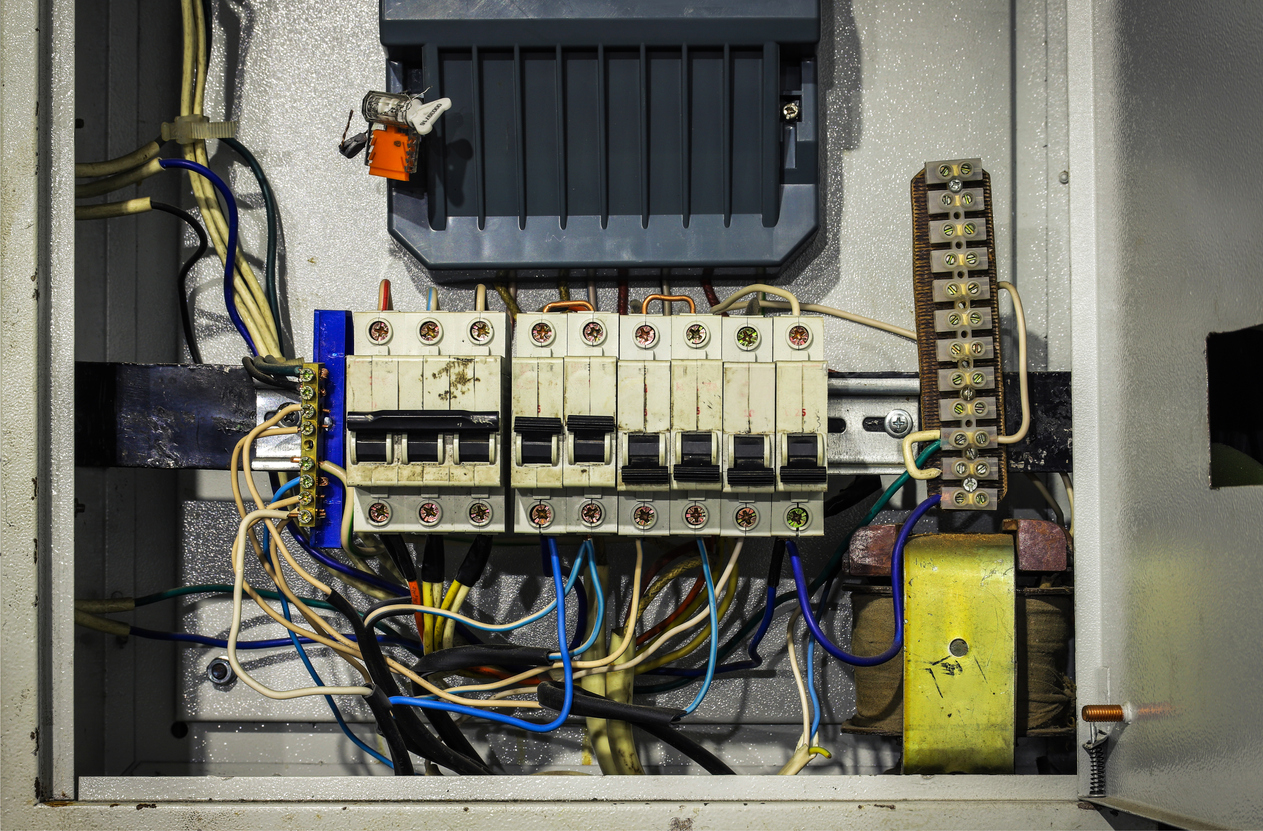
A thorough home inspection of an older property can reveal many safety concerns that potential buyers should know. During inspections, professionals can identify electrical problems like outdated wiring and faulty circuits, plumbing issues such as leaks or damaged sewer lines, and even structural concerns like cracks in the foundation or sagging floors. They may also uncover signs of mold or mildew, hazards like loose handrails, unsafe staircases, or missing smoke detectors.
However, it’s crucial to recognize the limitations of standard home inspections because they might overlook environmental hazards like asbestos, radon gas, or lead paint. It’s often worth spending a little more to have specialized inspections before making an offer on an older home.
> 14 Building Code Violations Common in Old Homes
> What Happens If You Remodel a Home Without a Permit?
> 14 Places Asbestos May Still Be Lurking in Your Home
3. Modern Demands, Vintage Wiring: Tackling Tech Challenges

Old-house owners often face a power challenge—substandard wiring limits the ability to run modern appliances. It’s not uncommon to find too few electrical outlets to meet the demands of contemporary technology, and don’t count on using multiple-outlet power strips to supply more outlets—many old circuits just can’t handle the load. The best long-term solutions usually involve adding or upgrading existing outlets. Updating an old home’s wiring is a job for the pros, so contact a licensed electrician about the best way to proceed.
On the upside, wireless networking technology can help reduce the need for extensive wiring for internet connectivity. While navigating wiring challenges can take some planning and investment, it’s a crucial step for incorporating the convenience of modern appliances and technology into vintage home settings.
> How Much Does It Cost to Replace an Electrical Panel?
> All You Need to Know About GFCI Outlets
4. Modern Amenities: Seeking Smart-Home Solutions

It’s not always cost-effective to retrofit old houses with the smart wiring found in new-construction homes. Still, there are plenty of ingenious ways to make a vintage abode smarter without major renovation.
Homeowners can incorporate smart bulbs and switches throughout the house and choose smart appliances with remote control and automation features. Even in a historic Victorian or Queen Anne, residents can preheat an oven from a smartphone app before leaving work or get alerts if the fridge door is left ajar.
Dozens of additional devices are available that can be used in older homes, including smart thermostats, battery-powered video doorbells, and smart locks. Voice assistants like Amazon’s Alexa or Google Assistant can create a cohesive and user-friendly experience in homes of virtually any age.
> How to Make Your House a Smart Home in Just 8 Steps
> Smart Plugs Offer an Affordable Way to Cut Your Energy Usage
5. Quirky Layouts: Converting Odd Spaces
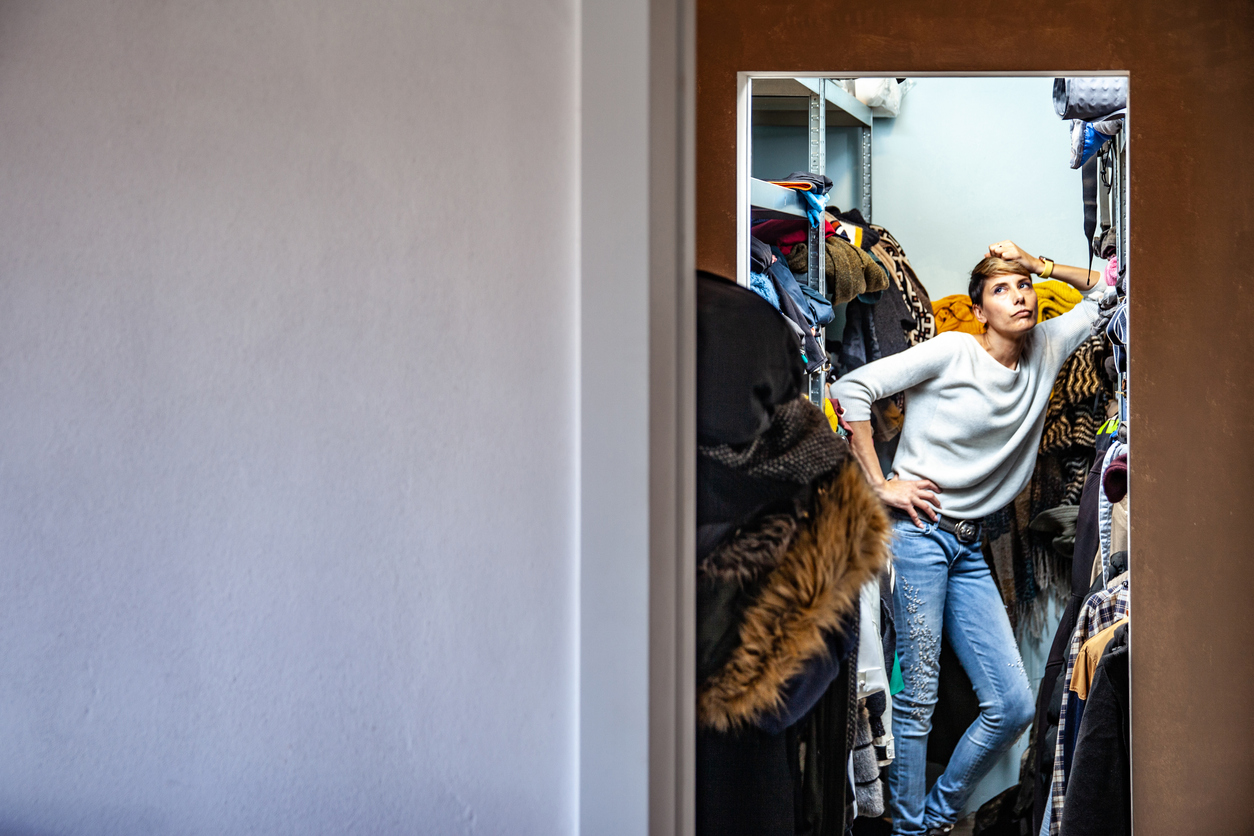
Old houses often come with eccentric floor plans and charming idiosyncrasies. You might discover a toilet tucked away in the laundry room or a minuscule nook barely spacious enough to accommodate a petite chair—quirks that bring character but also confusion. A common feature in older homes is an absence of closets, which new owners can address with resourceful storage solutions involving wardrobes, armoires, or strategically placed shelving.
However, some quirks, such as plumbing oddities or floor plans that require walking through one bedroom to reach the next, may ultimately require remodeling. Owning an older home is a lesson in blending the past’s charm with the owner’s unique style and vision. With some creative thinking, layout quirks can become endearing features that make the home truly one of a kind. Expect the unexpected, and relish the opportunity to transform the little quirks into captivating design stories.
> 15 Reasons to Think Twice About an Open Floor Plan
> What to Do When Your Home Has No Closets
6. Outdated Features: Repurposing Vintage Details
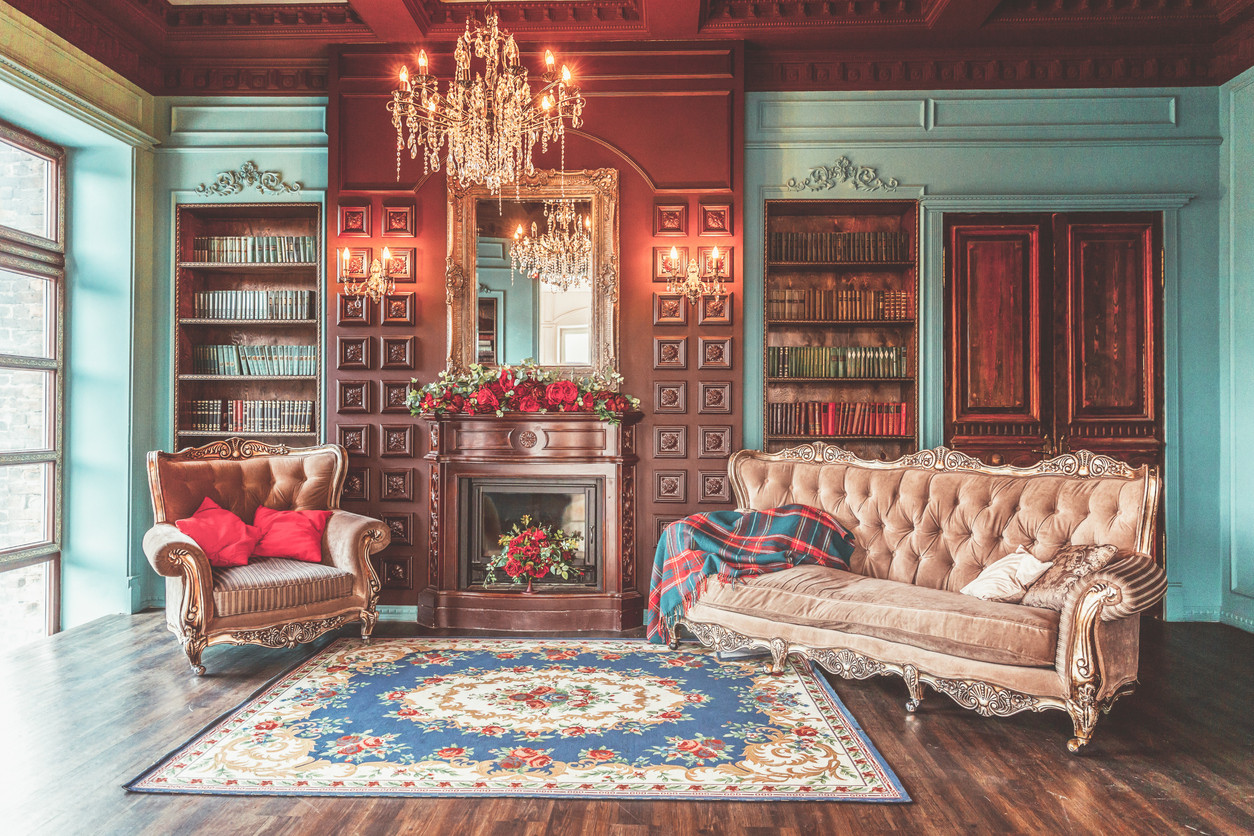
Intriguing relics of the past may no longer serve their original purpose, but these features still hold tremendous potential for creative transformation. Take the enigmatic dumbwaiter—a once-utilitarian device for transporting goods between floors. Instead of sealing it off, consider upcycling the space to create a minibar or a charming pantry with vintage elegance. Similarly, a fireplace that’s no longer safe for traditional fires can find new life as a captivating focal point for housing an array of decorative candles or potted plants.
Old-house owners might uncover hidden treasures like original doors, windows, or reclaimed wood beams. These elements can be repurposed into eye-catching furniture, like a coffee table made from an old door, or a rustic shelf crafted from reclaimed beams. Stained glass windows, another classic feature, can become dazzling room dividers or backlit art pieces that infuse the space with character and color.
Vintage fixtures like antique door knobs or ornate metal grates can find new life as charming coat hooks or unique decorative accents. And, if your home boasts a sprawling attic or basement, these spaces can be transformed into functional and stylish bonus rooms, such as a home office, gym, or entertainment area.
> 7 Ways to Repurpose These Old House Features
> 12 Outmoded Features of 1980s Homes and How to Modernize Them Today
7. Historical Accuracy: Preserving Historical Charm
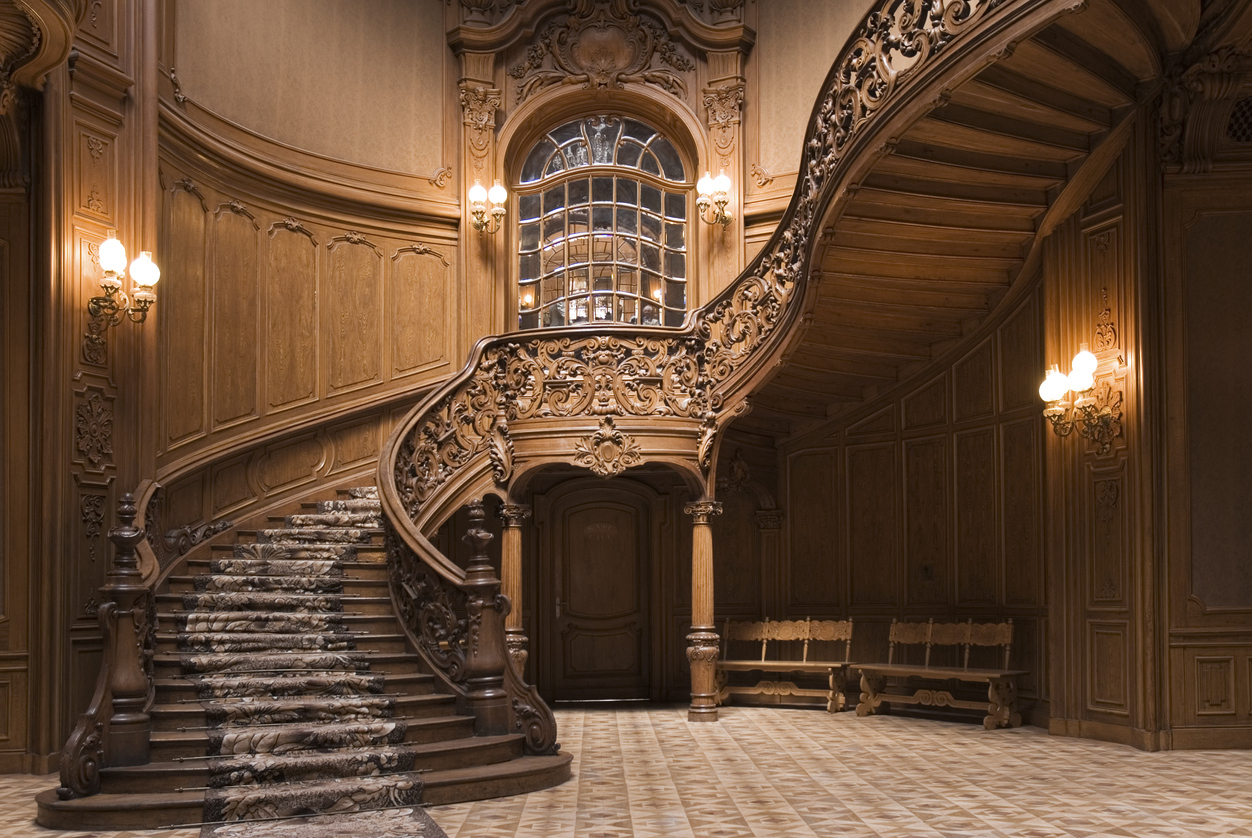
Preserving the characteristics of an older home is a delightful endeavor. While renovating is often necessary, retaining the small but precious elements that evoke the era when the house was built is equally important. These details, such as original doorknobs, light fixtures, and window frames, serve as tangible links to the past, honoring the legacy of the home and its first inhabitants. They create a timeless aesthetic that transcends trends, offering a sense of charisma and personality that is truly unique.
These elements serve as conversation starters and create a nostalgic connection with the home. In addition, preserving historical charm is often an environmentally conscious choice that reduces waste and supports sustainability. Whether through restoration, replication, or careful maintenance, retaining these details allows homeowners to step back in time and experience the echoes of the past, creating a home that is not just a dwelling but a living piece of history.
> 10 Things Preservationists Wish You Knew About Your Old Home
> 17 Products That Will Instantly Add Vintage Style to Any Home
> 6 Old House Features Making a Comeback in New Builds
8. DIY Delights: Essential Projects for Old-House Owners
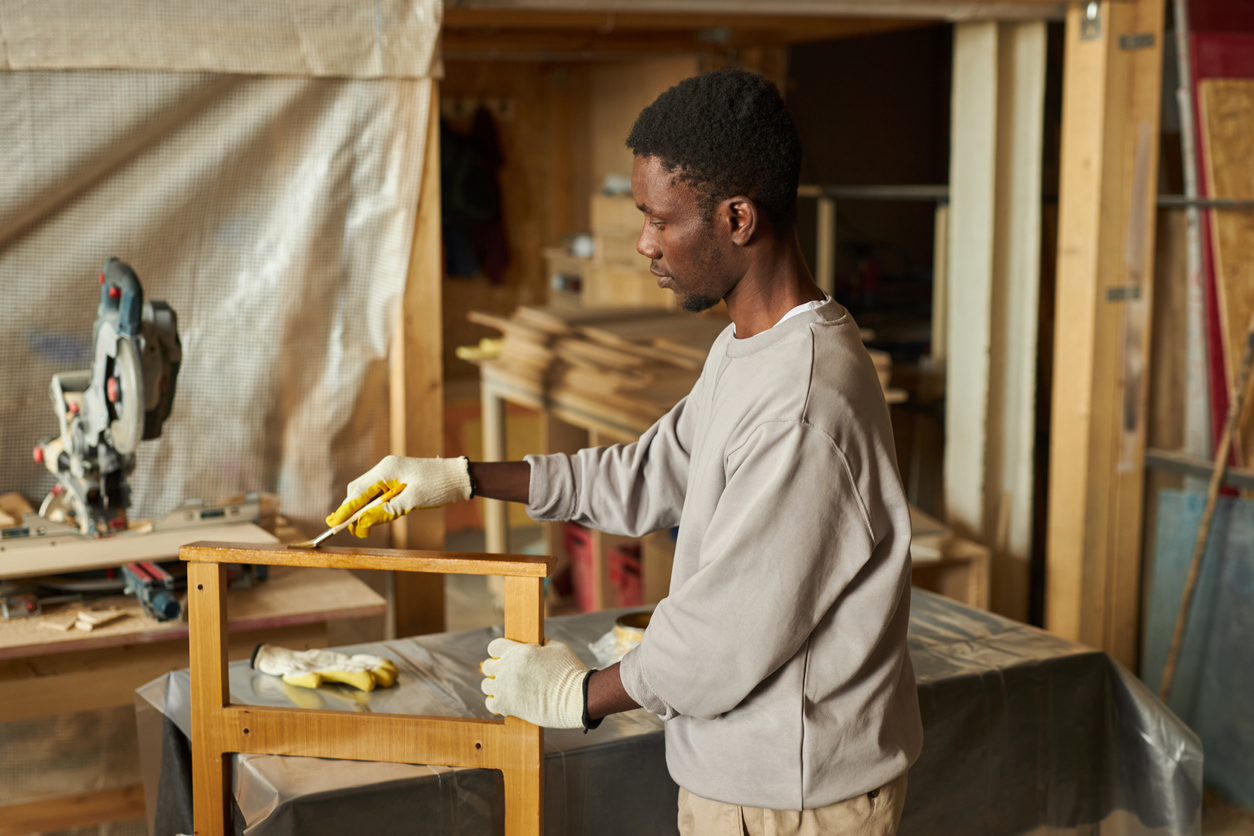
Not all old-house projects require the assistance of professionals. Numerous satisfying and manageable DIY projects can enhance living spaces and strengthen their connection to the home’s history. These projects include painting to refresh interiors, refinishing original hardwood floors for timeless elegance, adding shelving for improved storage, and replacing outdated appliances and fixtures to bring them up to modern living standards.
Other potential DIY projects include patching and painting walls, refinishing vintage furniture, and learning the rudimentary plumbing and electrical repairs necessary to replace faucets, outlets, and fixtures. So, roll up your sleeves, gather your tools, and set aside a weekend or two to tackle some of these tasks.
> 11 Lessons I Learned Renovating My Old Home
> Remodeling an Old House: Which Features Should You Keep?
9. From Drafty to Cozy: Ideas for Energy Efficiency
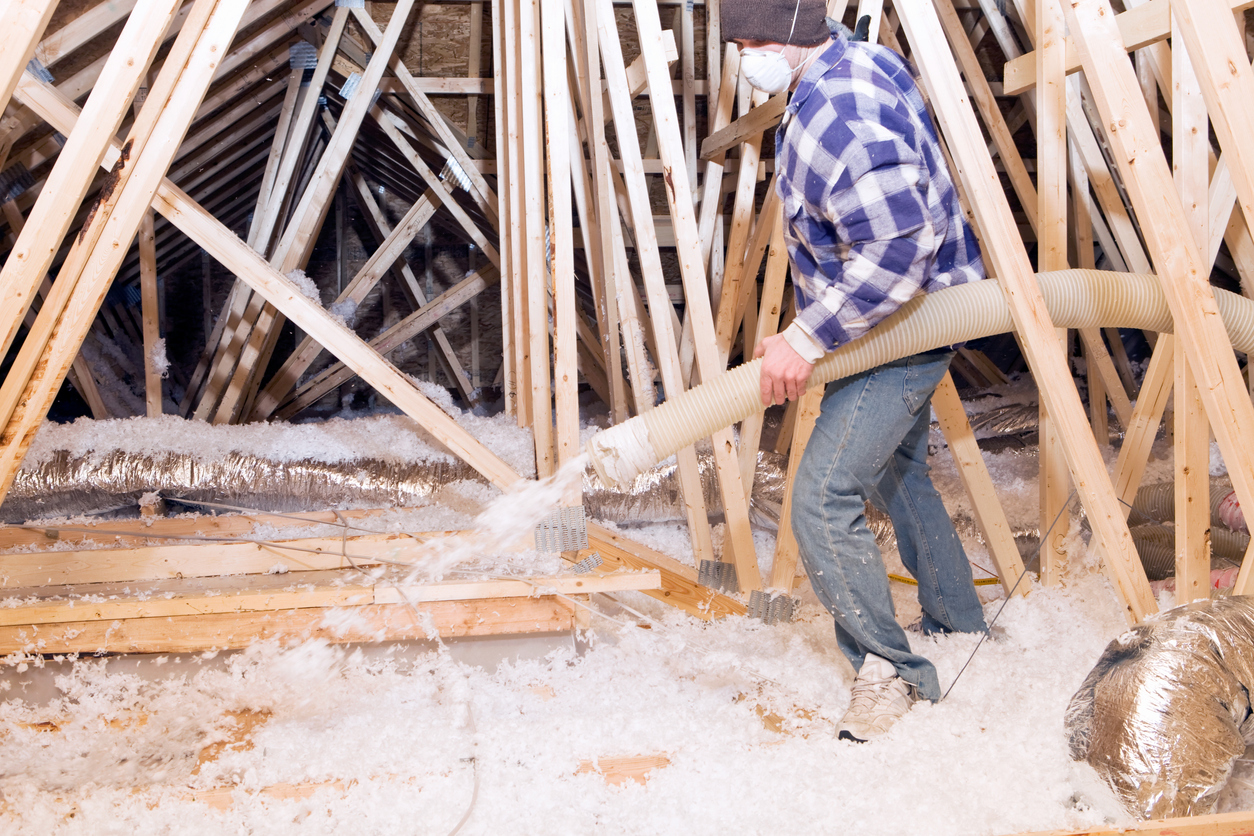
Addressing energy efficiency is a pressing matter as utility costs skyrocket, and old houses are not known for being weathertight. One of the most common issues faced in vintage residences is inadequate insulation. Consider adding insulation to key areas like the attic, walls, and floors to combat this. While adding insulation might require an initial investment, long-term energy savings and increased comfort will make it worthwhile.
Gaps around windows and doors are also critical spots where drafts enter a house. Replacing weatherstripping is a simple, cost-effective solution to prevent drafts and significantly reduce heat loss during the colder months. Installing heavy curtains or thermal blinds is an effective strategy for insulating windows and maintaining indoor temperatures, both in winter by blocking drafts and in summer by blocking hot sun rays. Older homes with single-pane windows will benefit from adding storm windows, but if the old house is located in bitter northern climes, eventually replacing the windows with new energy-efficient models is a good option.
> 12 Ways to Make an Old Home More Energy Efficient
> 15 New Appliances That Look Like Retro Appliances
10. Curb Appeal: Landscaping Solutions for Historic Homes
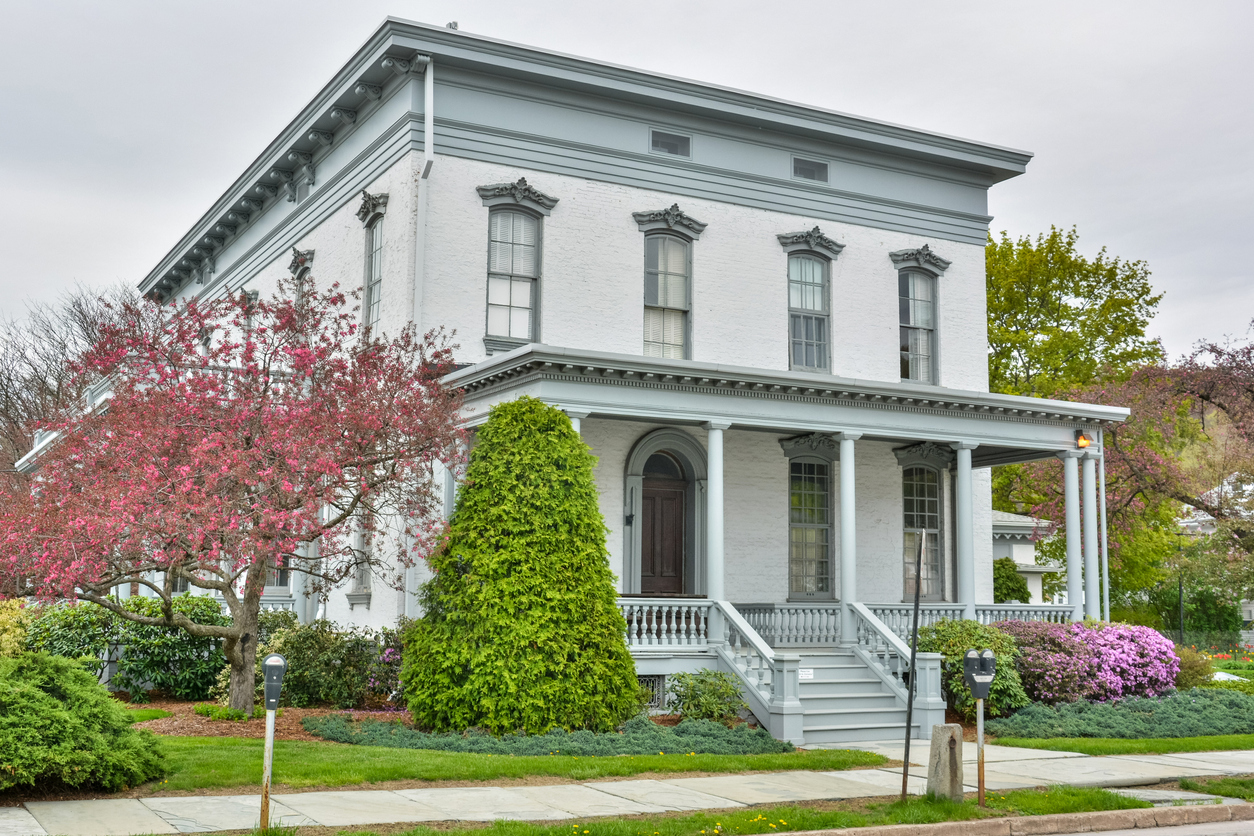
Modern PVC fences can look out of place around old houses. Creating a landscape that complements a historic home requires thoughtful planning. To ensure that the yard harmonizes with the home’s charm, incorporate period-appropriate plants, such as heritage varieties and heirloom species that evoke a sense of historical continuity.
Formal garden elements like boxwood hedges, symmetrical layouts, and topiaries can enhance the timeless elegance of a landscape. Using traditional brick, cobblestone, or natural stone for paved walkways adds historical authenticity. If space allows, create walled gardens with climbing plants and decorative trellises, and consider incorporating pergolas, gazebos, or vintage garden decor like antique urns and statues to add nostalgia and elegance. Illuminate your outdoor space with period-appropriate lighting fixtures, like lantern-style sconces and lampposts.
> 8 Retro Trends to Bring to the Backyard
> 12 Specialists You Need If You’re Buying an Old House
11. Small Budget, Big Plans: Finding Funding for Old House Projects

Potential homeowners or current owners seeking renovations might encounter various funding challenges. One common hurdle is the age and condition of the home, which can affect its appraisal value. To overcome this, consider working with lenders who are experienced in historic or older homes and provide detailed documentation of renovation plans, emphasizing the potential increase in property value.
For financing options, homeowners can explore traditional mortgage refinancing, home equity loans, or lines of credit. Alternatively, renovation-specific loans, such as FHA 203(k) loans or Fannie Mae’s HomeStyle loans, offer tailored solutions for historic home renovations. Careful planning, thorough research, and collaboration with professionals can help navigate the financing challenges of remodeling old homes, ensuring that these treasured properties can be returned to their former glory.
> 5 Things to Know About Home Improvement Loans
> Best Places in the U.S. to Find Historic Homes for Sale
12. If Those Walls Could Talk: Uncovering Hidden Histories
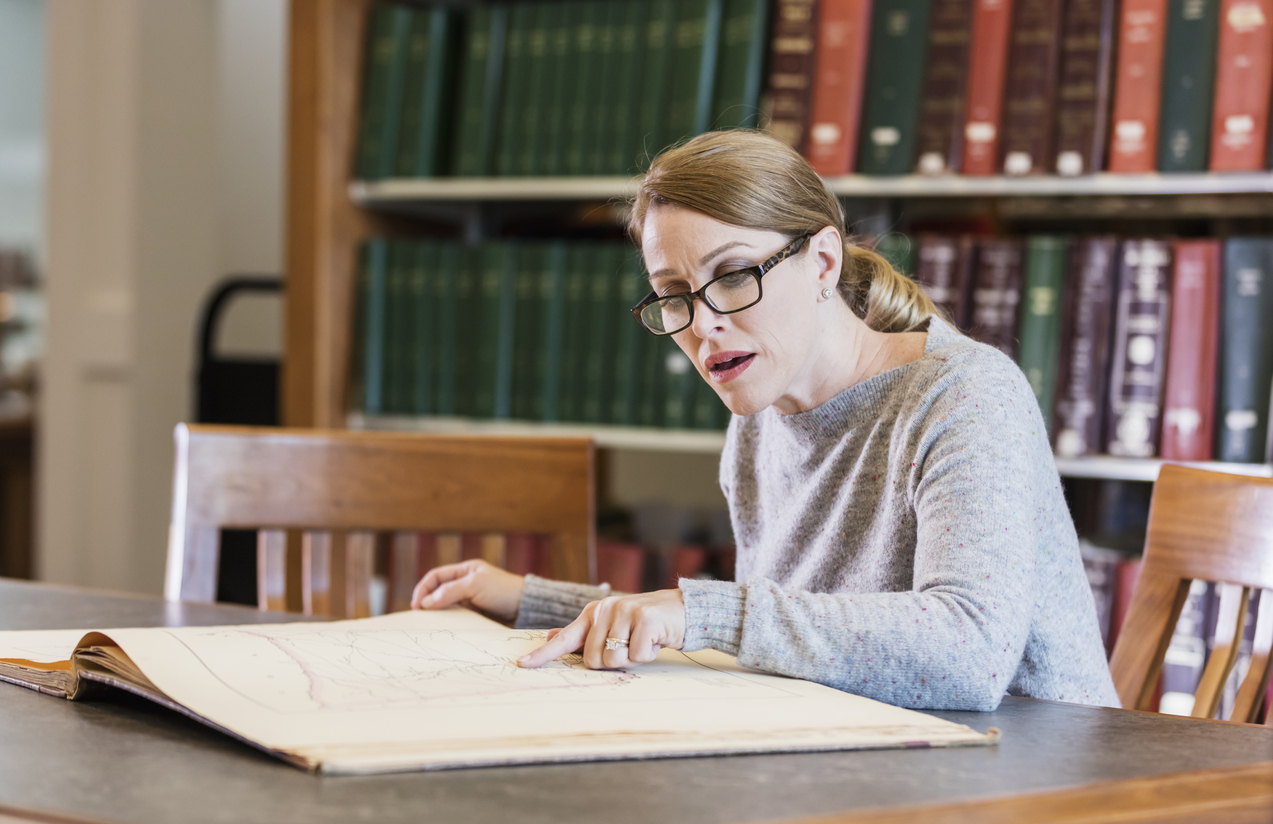
Discovering the history of an old house and its neighborhood is a rewarding endeavor—and it’s fun. Begin with a trip to the local Register of Deeds Office and delve into historical records and property tax documents to unearth details about the original owners and construction dates. Then, stop at the local library and historical society, where you might discover old maps, newspapers, and photographs that offer additional insights into a home’s history.
Ask an abstractor to research the property abstract (for a fee) to trace the chain of ownership and gain historical context. And don’t forget to chat with long-time residents, search digital newspaper archives, and explore online historical resources. By uncovering the history of your old house, you’ll gain a greater appreciation for its past and feel a deeper connection to the residents who lived there before you.
> How to Get Your Old House on the National Register of Historic Places
> 10 Houses on the National Register of Historic Houses Worth Seeing

